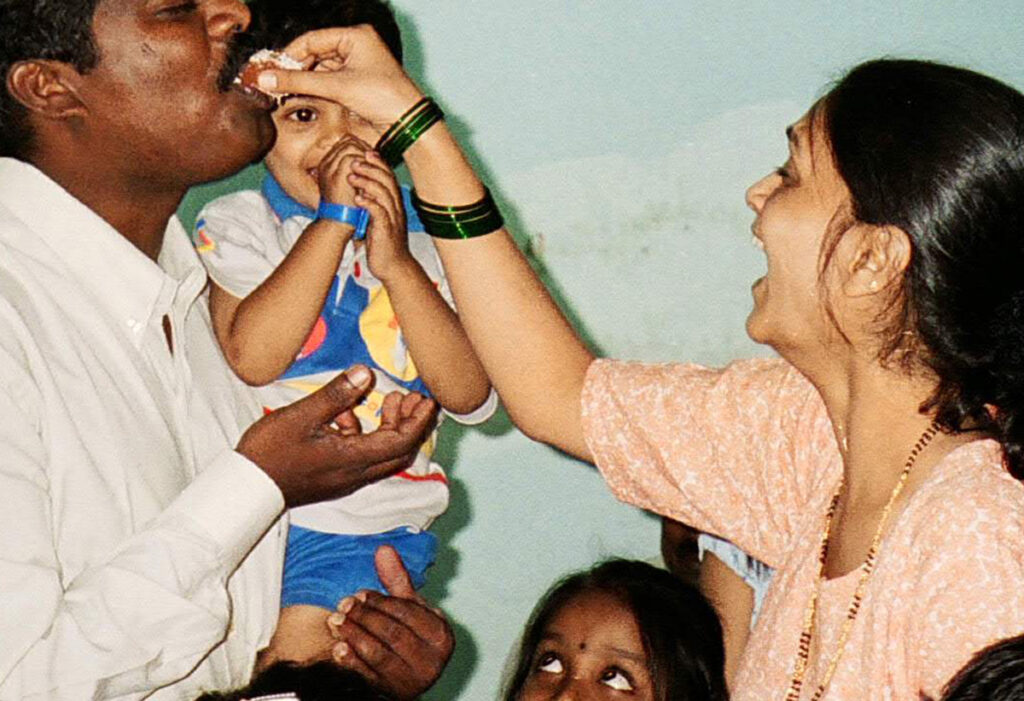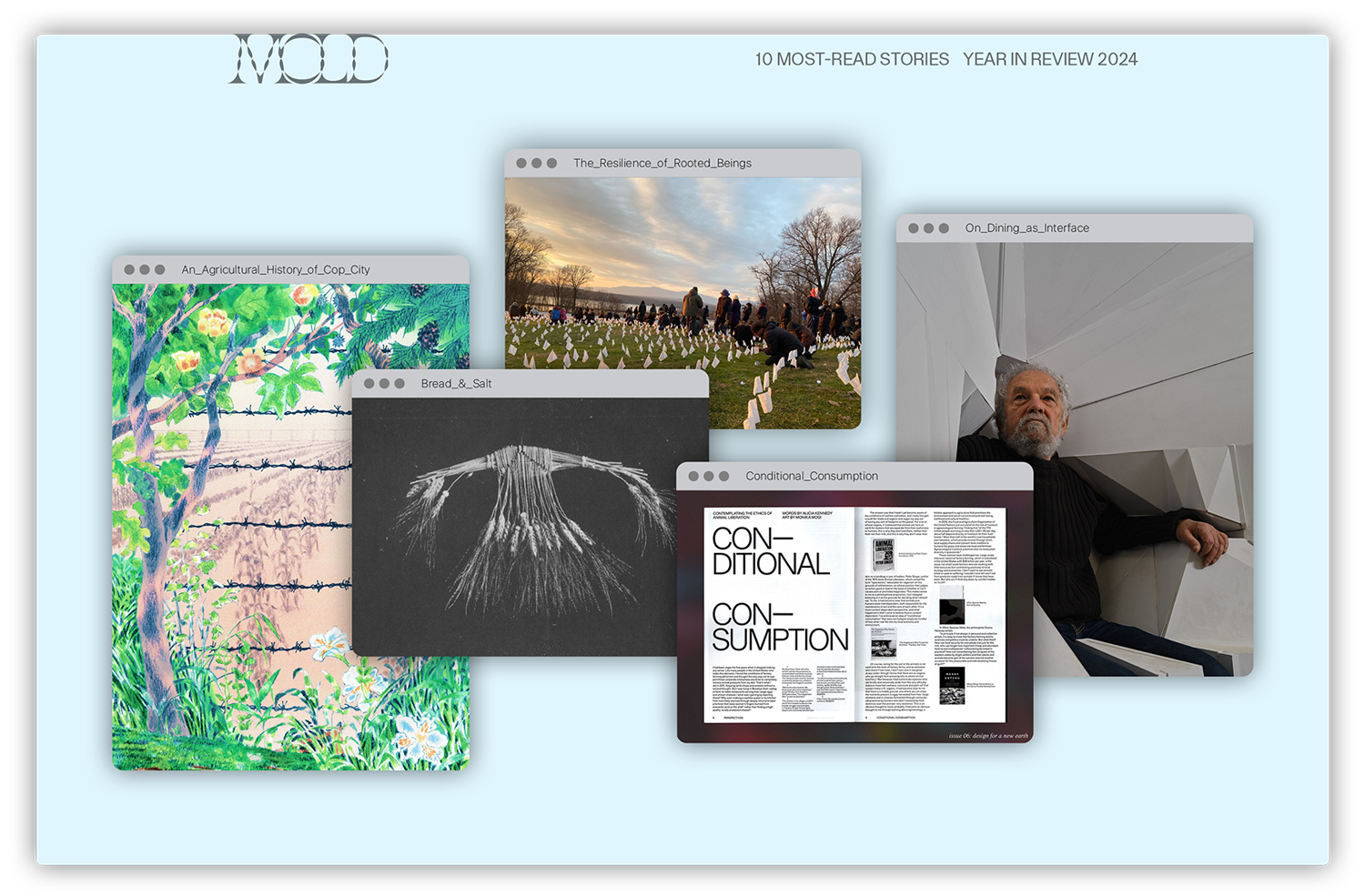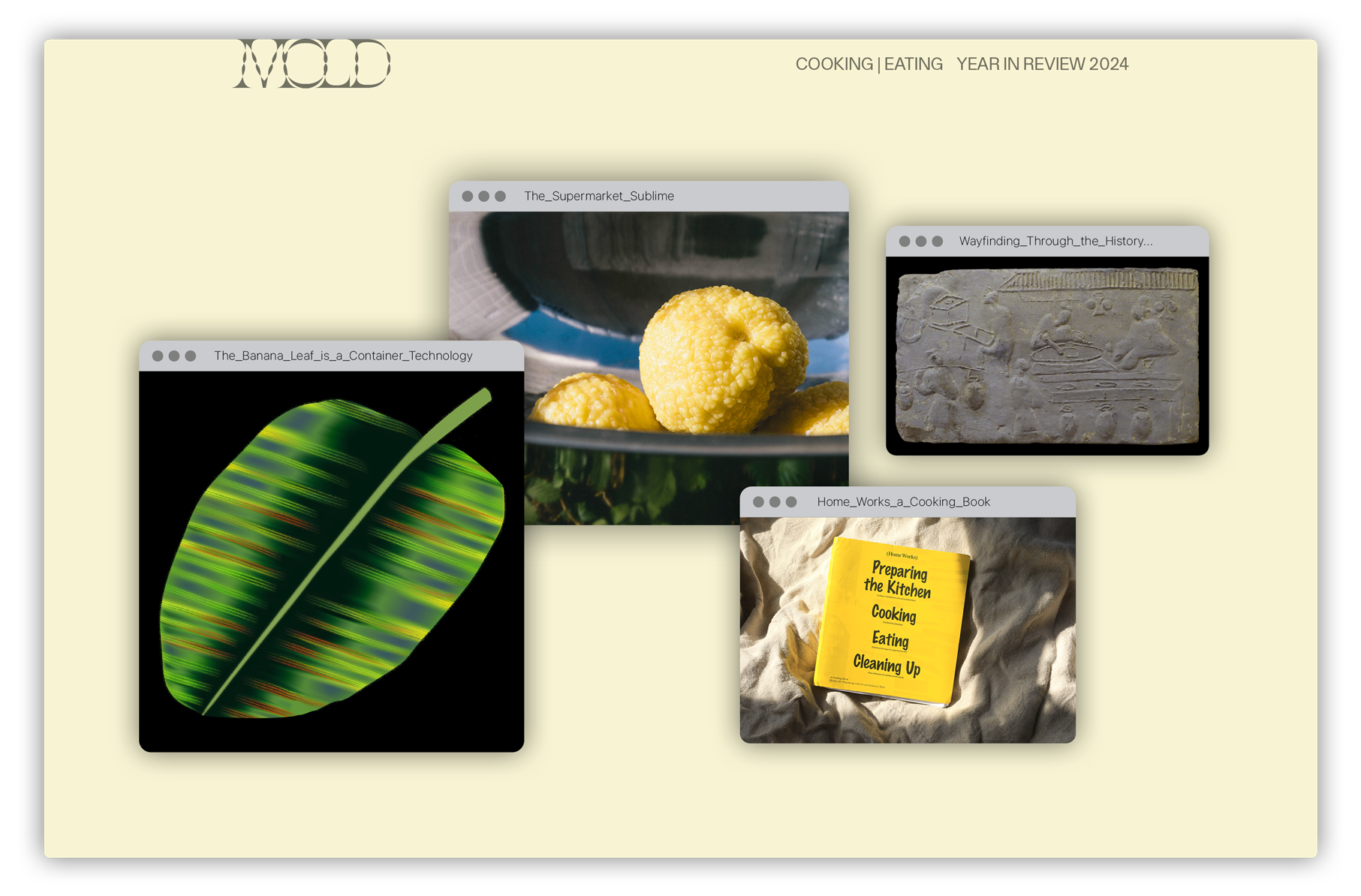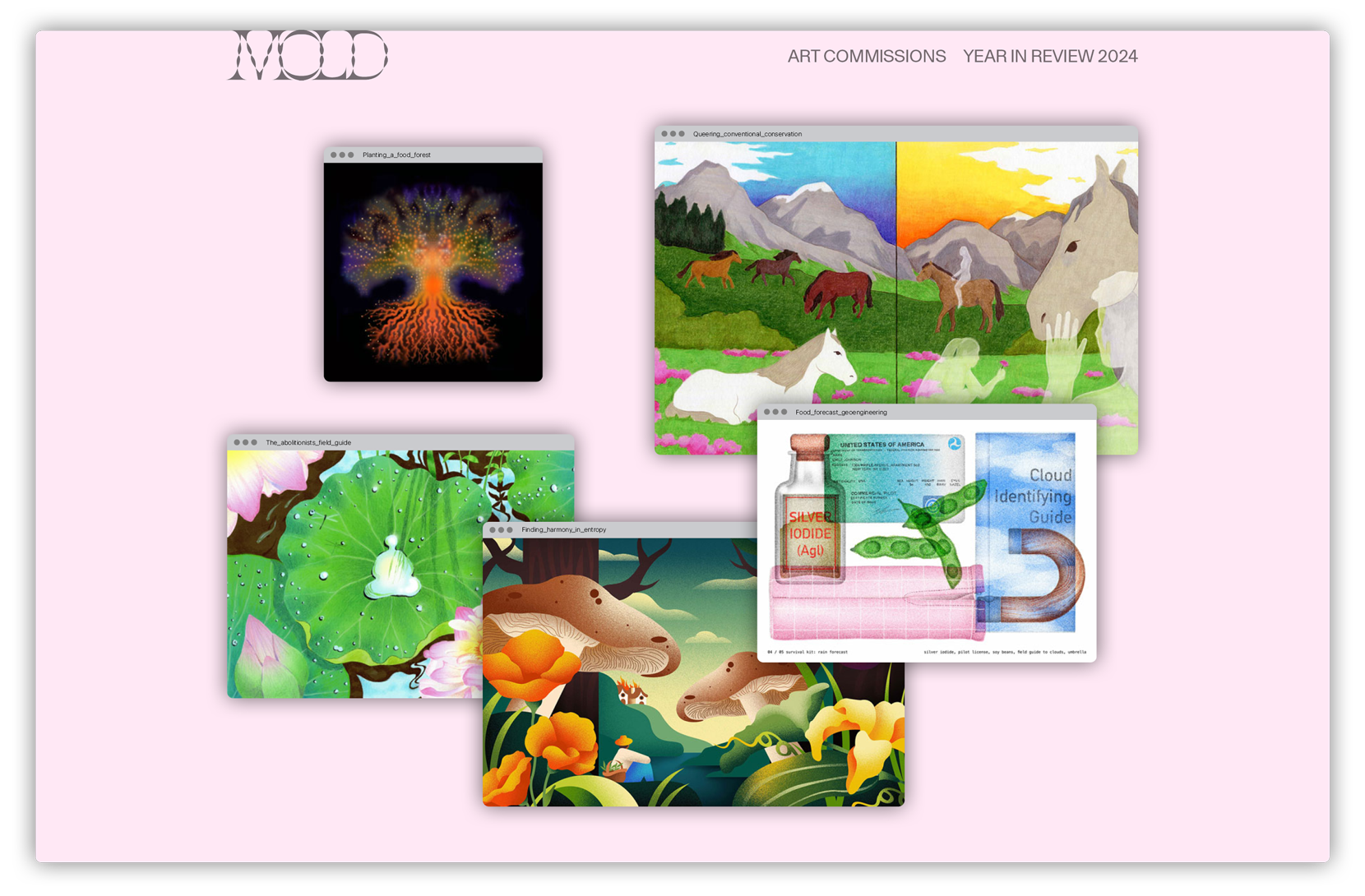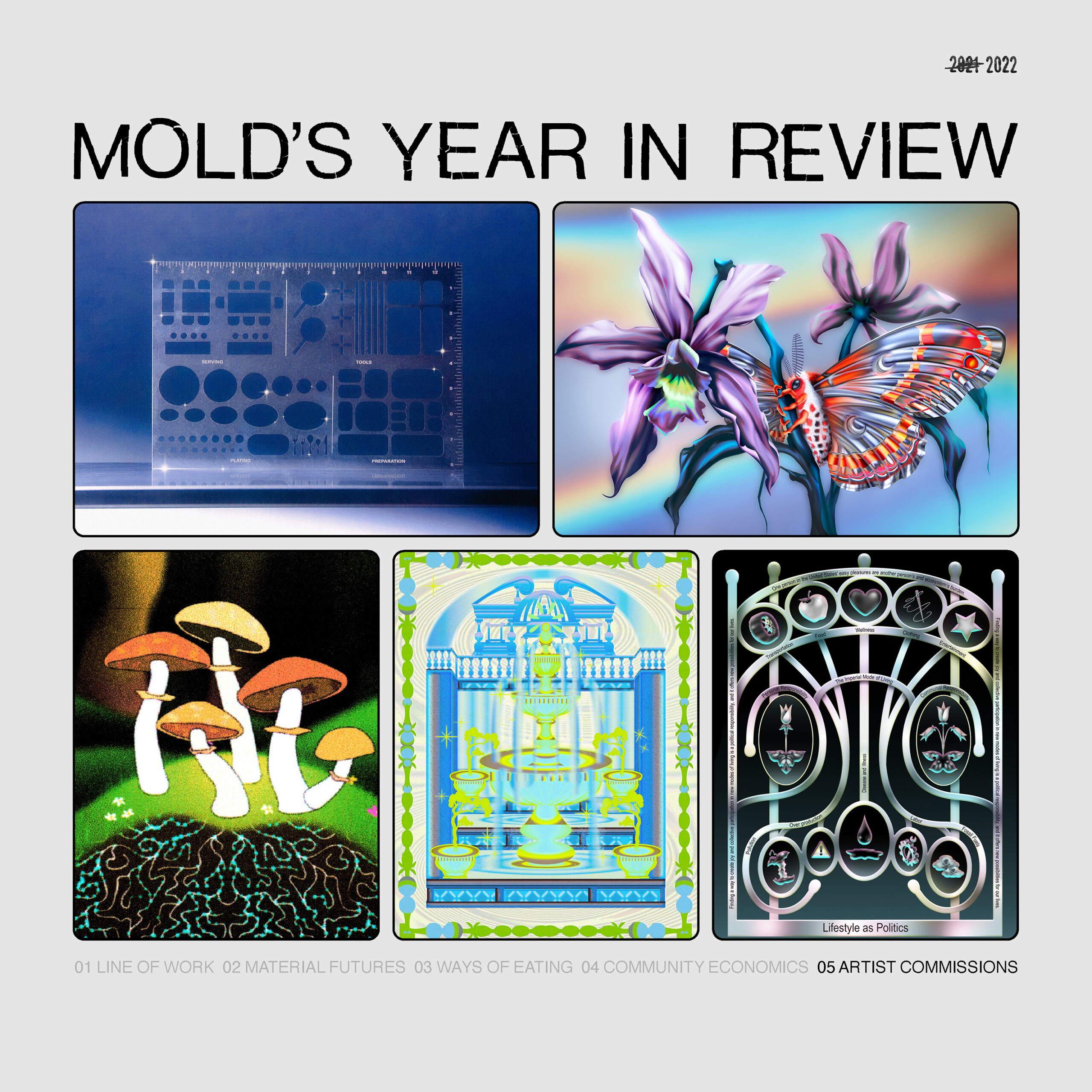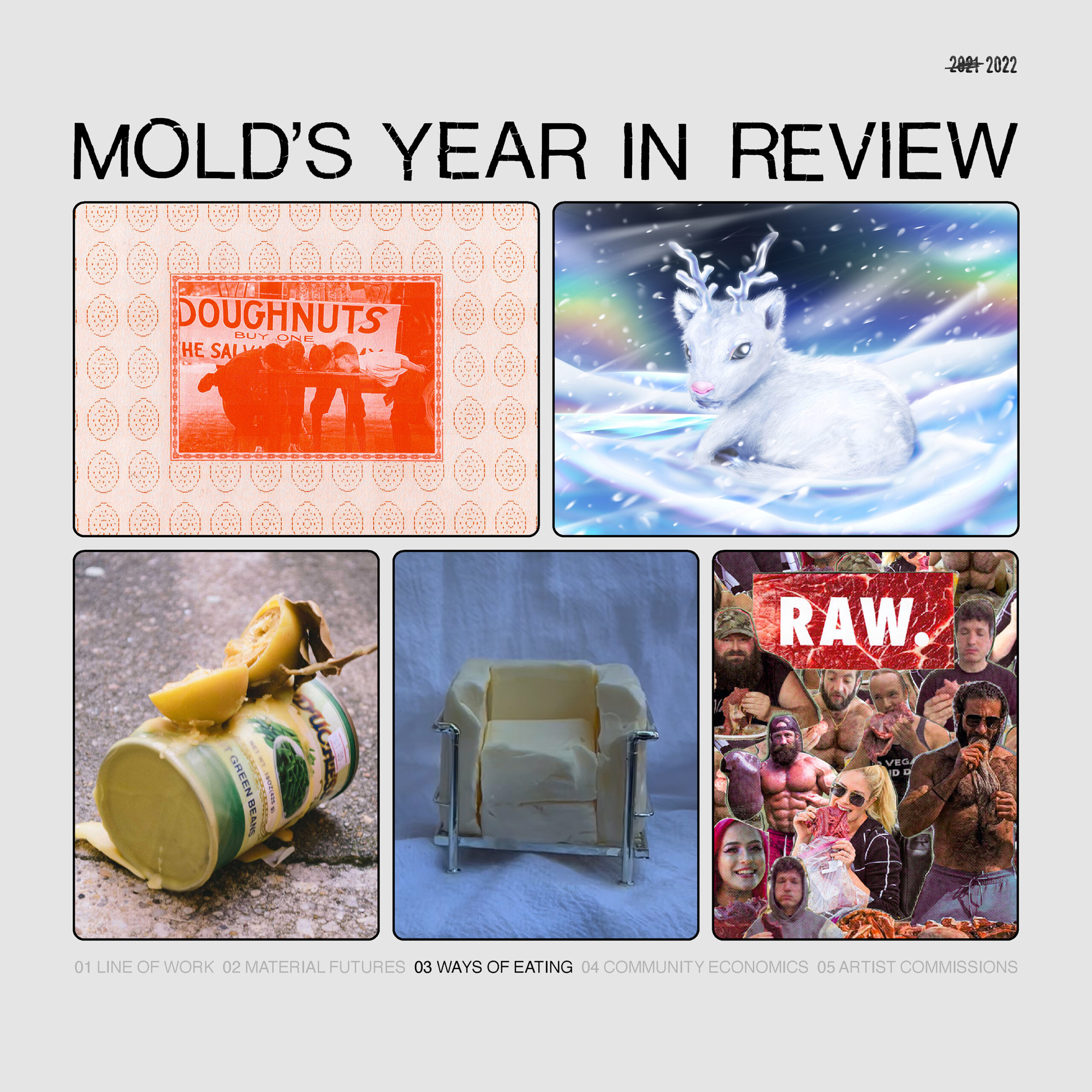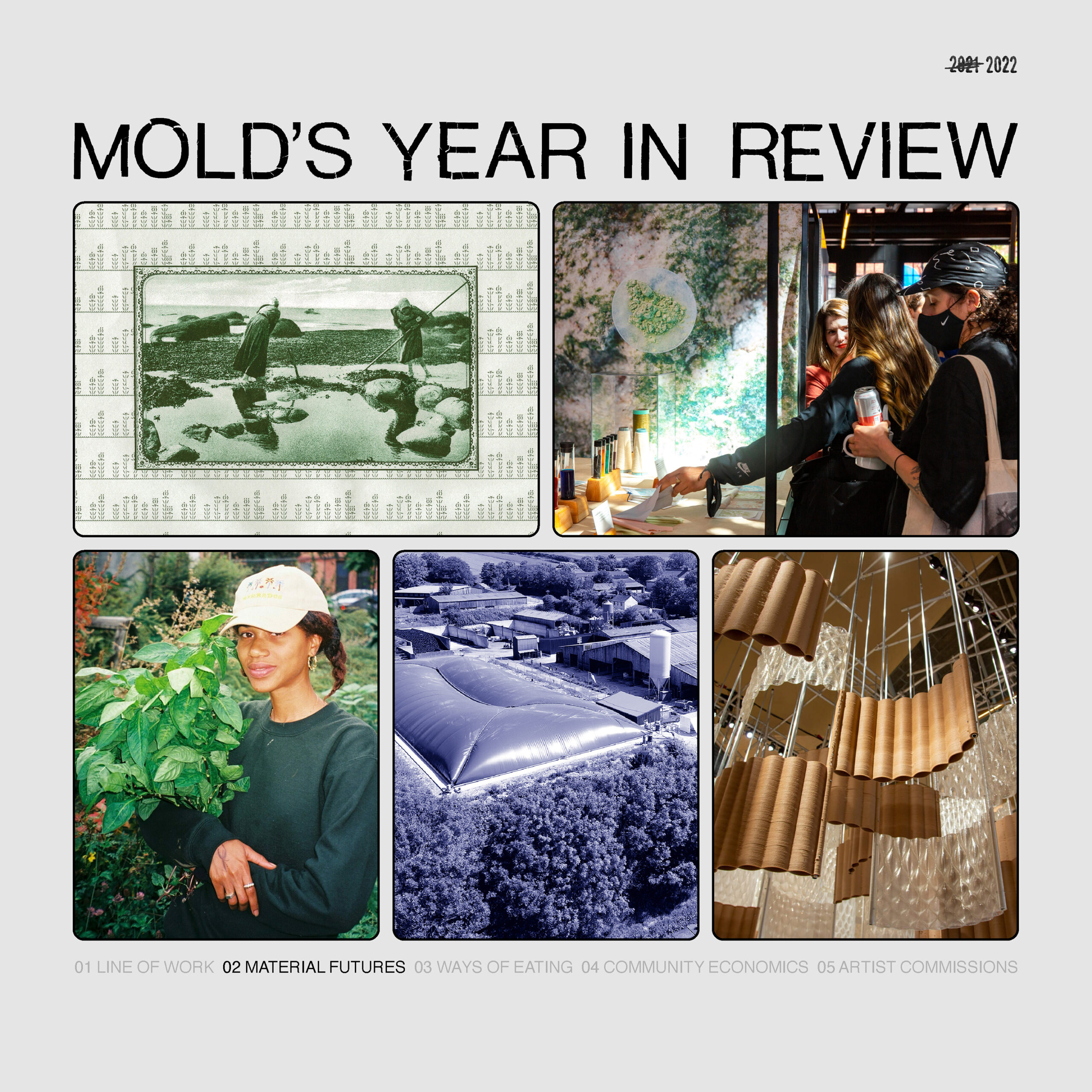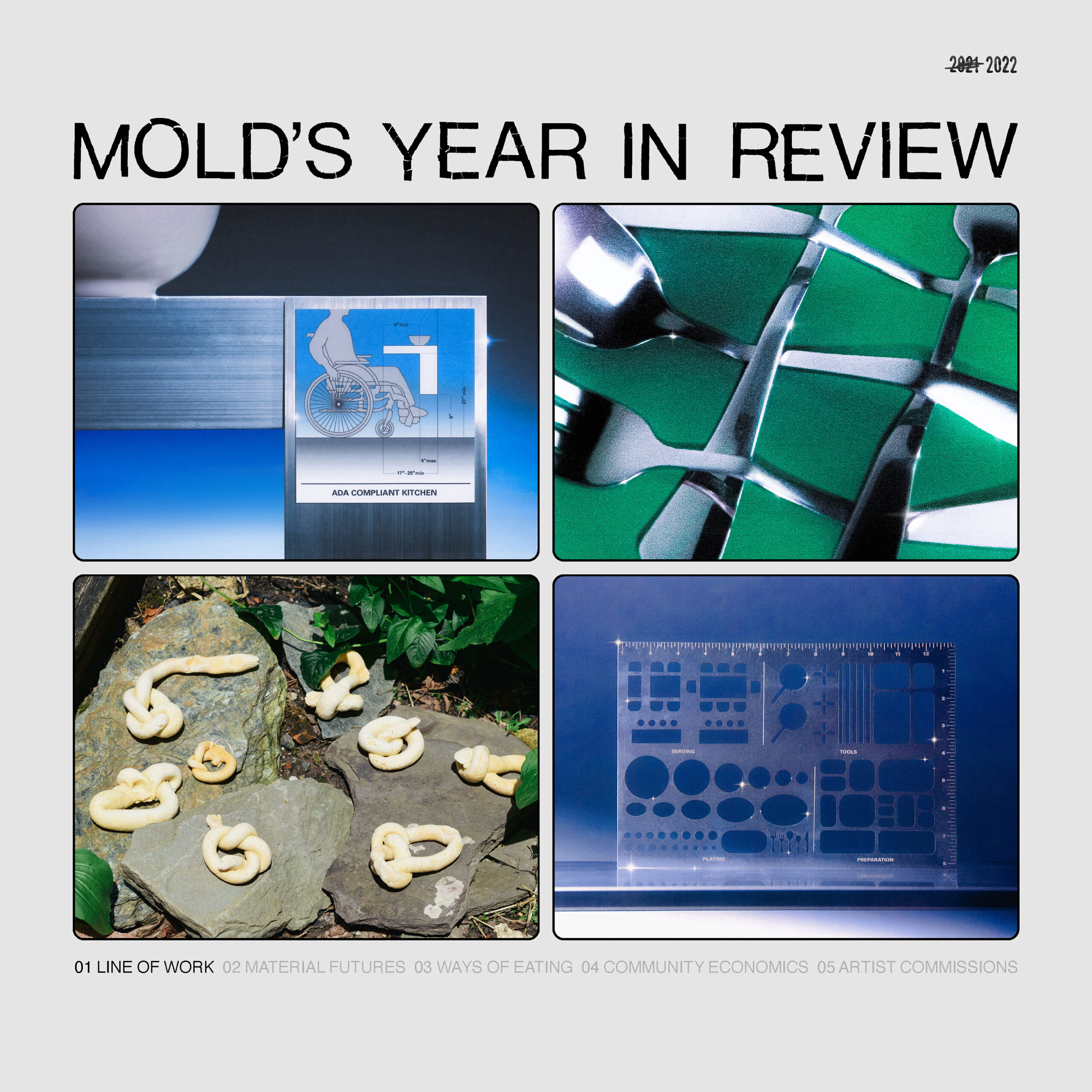2024 was a year of rupture. It was also a year of beginnings, transformation and revolution. This year, MOLD completed its cycle of six issues, publishing the final edition of our print magazine with the theme of Design for a New Earth. These stories asked how we might design a new earth on this Earth: to spark new imaginaries, forge new relationships, and most importantly, ground ourselves in the soil.
This year MOLD contributors also wrote about topics that extend from the legacy of Octavia Butler’s Parable of the Sower to the necessity of abolition to build a more just food system. From our Relational Architectures series, we shared pieces that explored how collectives and organizations are using design to generate tools for fostering greater resilience in the face of planetary collapse.
Our present is most defined by the ongoing genocide in Palestine. Amidst a year of devastating violence, cruelty, and horrific tragedy, our contributors have written toward a future of Palestinian liberation. Food is perhaps one lens, however these stories are those of Palestinian resistance, resilience, and commitment to life and the revolutionary project of living.
Revisiting this year’s pieces, our readers were most drawn to stories on Palestine and its rich land and food history, individuals reimagining new models for how we eat as well as stories that excavated the relationship between land and memory.
Below you’ll find a selection of the most popular stories MOLD published in 2024:
01. BREAD & SALT– Amanny Ahmad
In our most-read piece of the year, Amanny Ahmad traces the intertwined histories of bread and the Palestinian people. Understanding bread to be the foundation of life, Amanny explains how the production of bread — the planting and harvesting of wheat, the ritual combination of flour and water, and its baking — has shaped Palestinian culture, social structures and ecological relationships. This article is a story about the co-evolution of a land and its people.
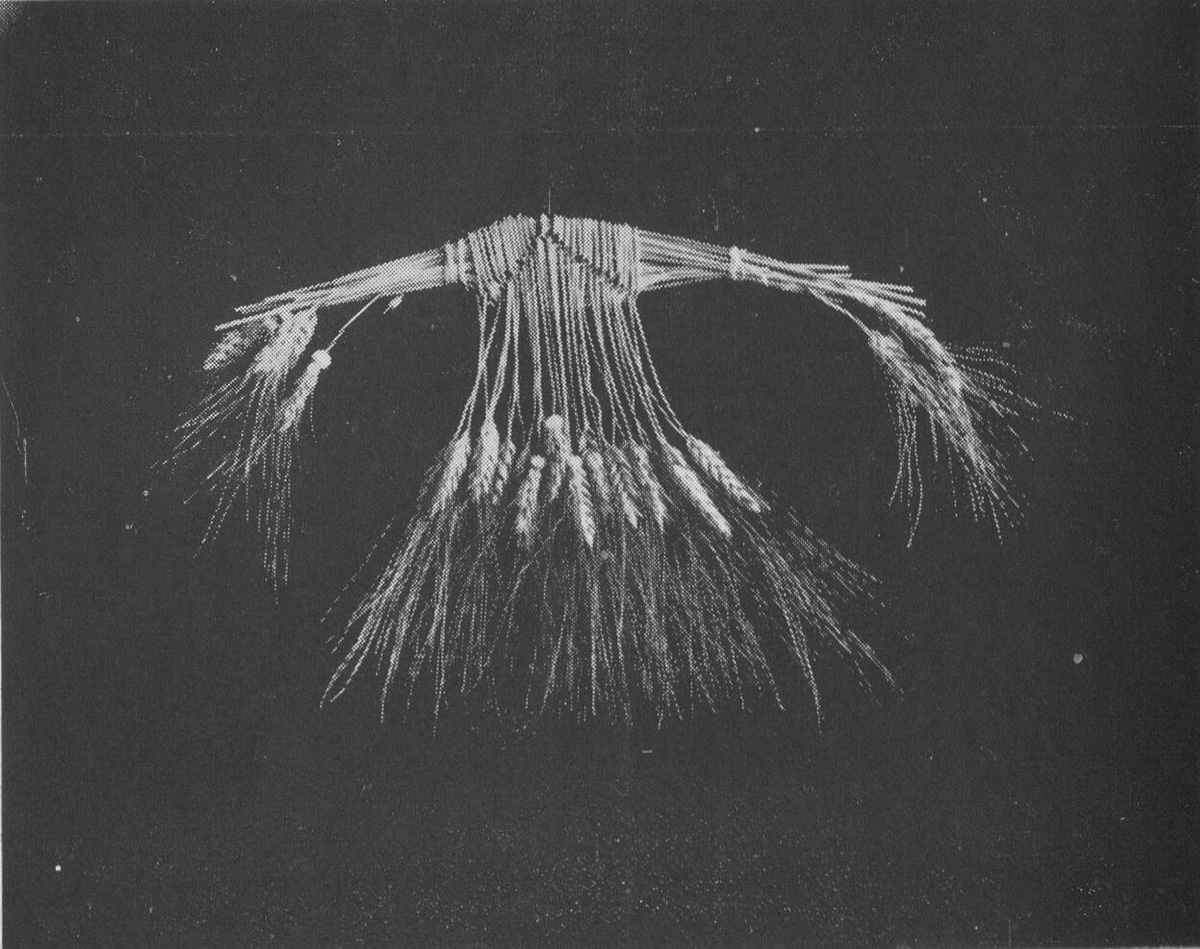
02. AN AGRICULTURAL HISTORY OF COP CITY– Ashanté Reese
In Ashanté Reese’s contribution to our editorial series on Food and Abolition, she writes about the fraught history of the site of Atlanta’s proposed Cop City in the Weelaunee Forest. Examining the site’s former use as a prison farm, Ashanté’s piece is a meditation on land, memory, carceral legacy as well as the abolitionist possibilities being put forth by the forest defenders organizing against the Cop City initiative.
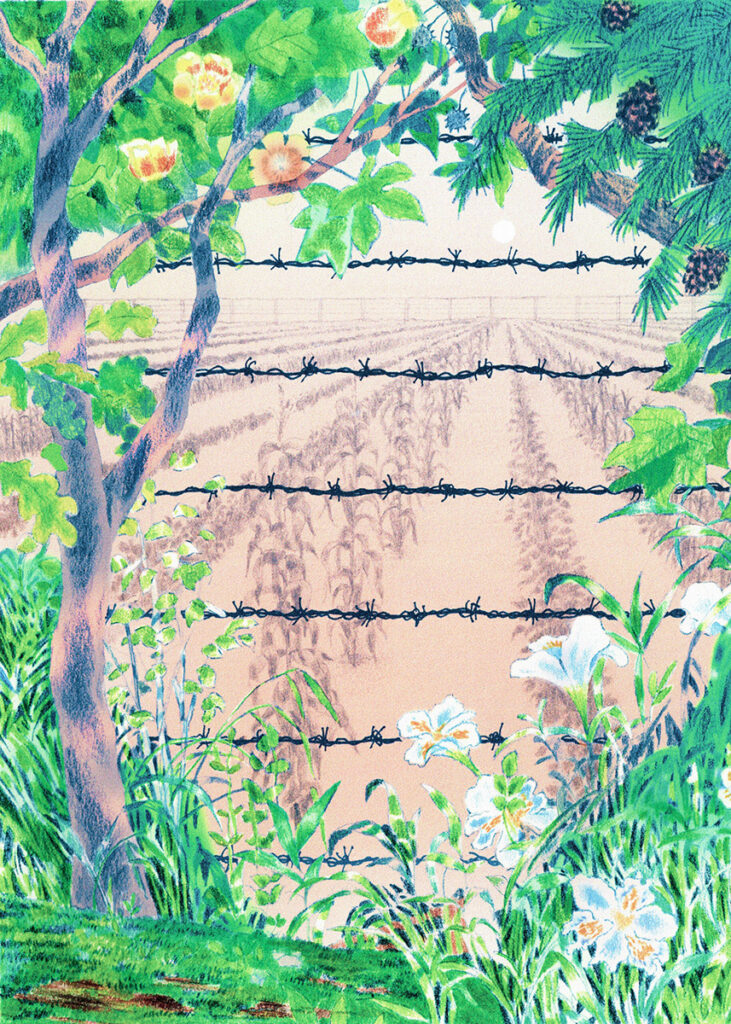
03. CONDITIONAL CONSUMPTION – Alicia Kennedy
Published for MOLD Issue 6, Alicia Kennedy guides us through their philosophical shift after years of veganism, rejecting an absolutist narrative on consuming animal products. With an agroecological mindset, Alicia explains a more nuanced approach that considers the layered ethical complexities of food systems, including labor practices and cultural traditions and introduces the method of “conditional consumption”, which acknowledges food systems as reciprocal with local environments and economies and is shaped by the dream of multi-species interdependence.
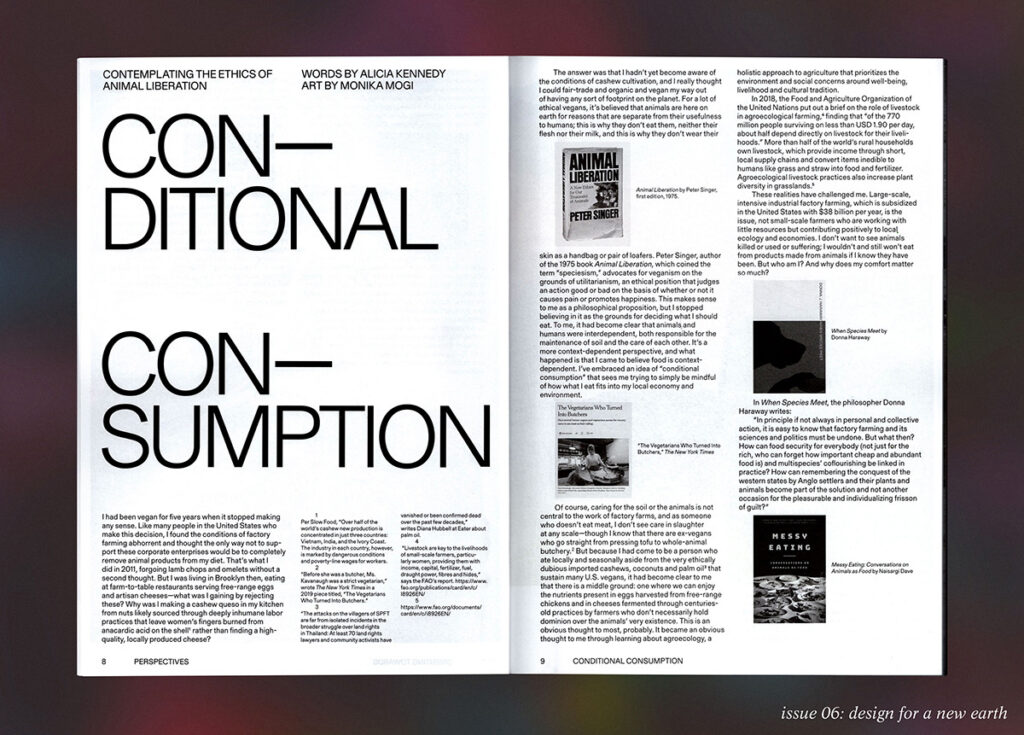
04. THE RESILIENCE OF ROOTED BEINGS– Doug Bierend
Reflecting on a ceremony at Bard College earlier this year that commemorated the ineffable loss of Palestinian lives in the ongoing genocide, Doug Bierend writes on Vivien Sansour’s Palestinian Heirloom Library and discusses seeds as a symbol of grief, hope, and resistance to erasure. PHSL is an archive that aims to preserve the generational stories and knowledge of Palestinian people and their connection with their land and to plant new life in the midst of violence and ecological destruction.
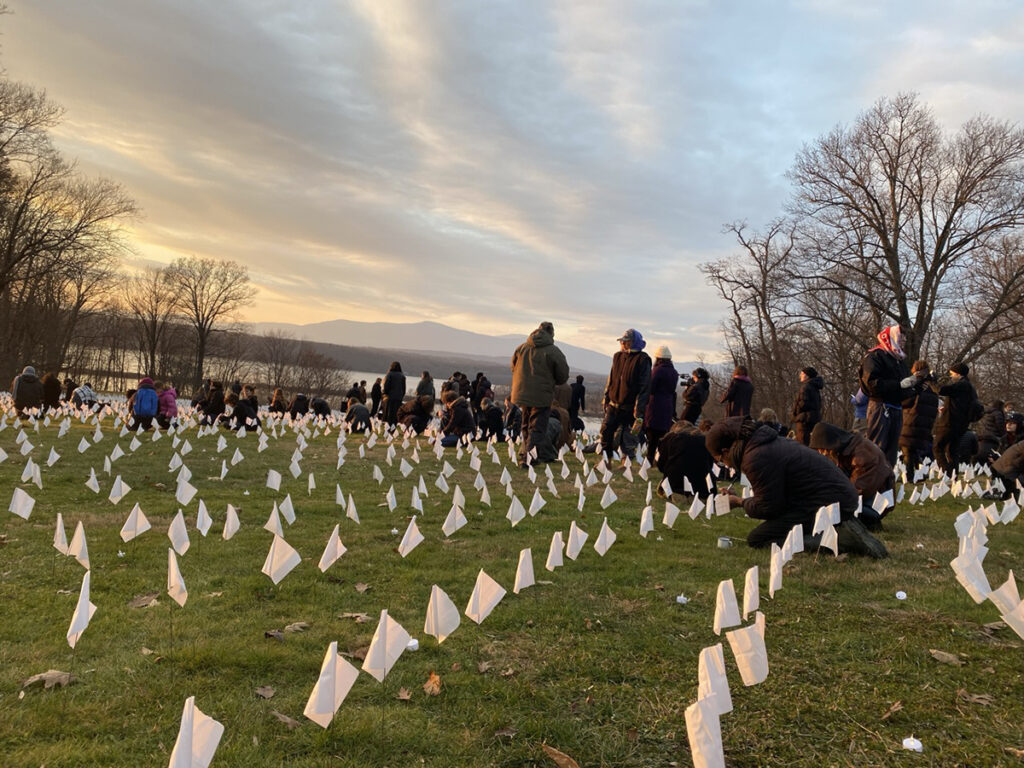
05. ON DINING AS INTERFACE– Michael Yarinsky
In this interview, Michael Yarinsky inquires with artist Alan Wexler on the role of food and dining in his interdisciplinary practice. Inspired by basic human functions and our slow, mundane routines– sleeping, eating, bathing— Wexler reimagines life with a sense of mystery and magic and sees objects and installation as extensions of ourselves and as opportunities for human connection.
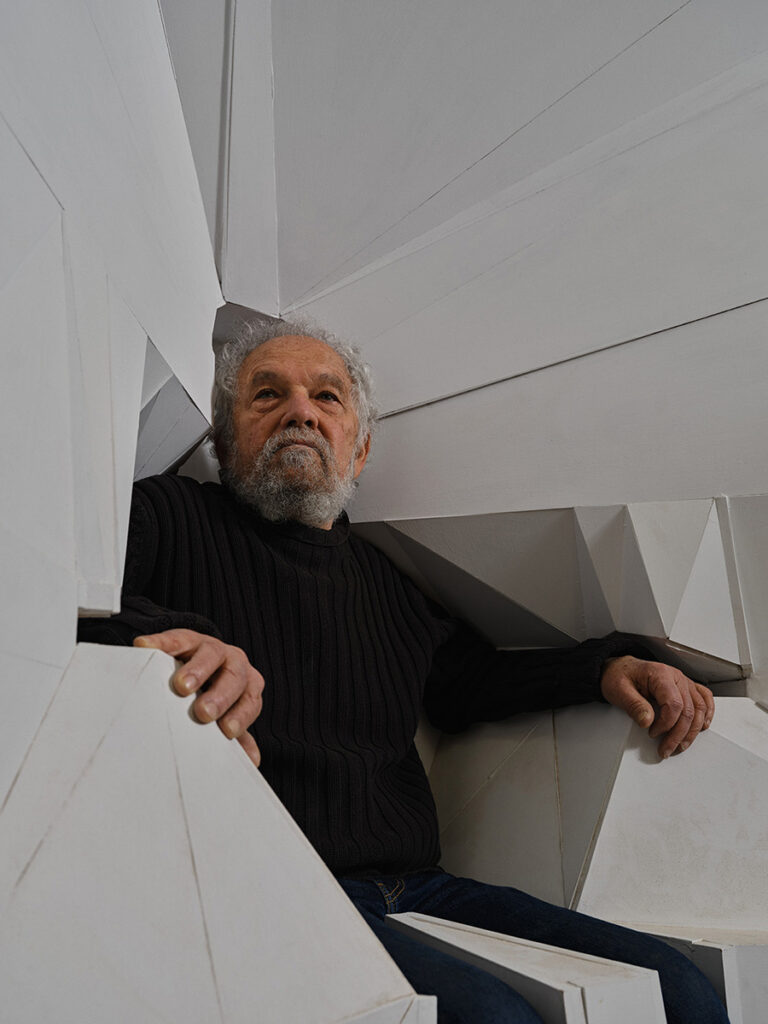
06. KURT EVANS AND THE BLACK DRAGON– Annie Cheng
In North Philadelphia, Chinese takeout restaurants, once a culinary staple in the predominantly Black neighborhood, are closing down. In response, chef and activist Kurt Evans opened Black Dragon, a new restaurant project that offers a unique fusion of Black American cuisine and Chinese American takeout, with the hope of “articulat[ing] a vision of reclaiming socioeconomic power for Black residents through the framework of culture, entrepreneurship and culinary storytelling.” Annie Cheng’s profile dives into Chef Kurt’s innovative approach to building community-first restaurant models.
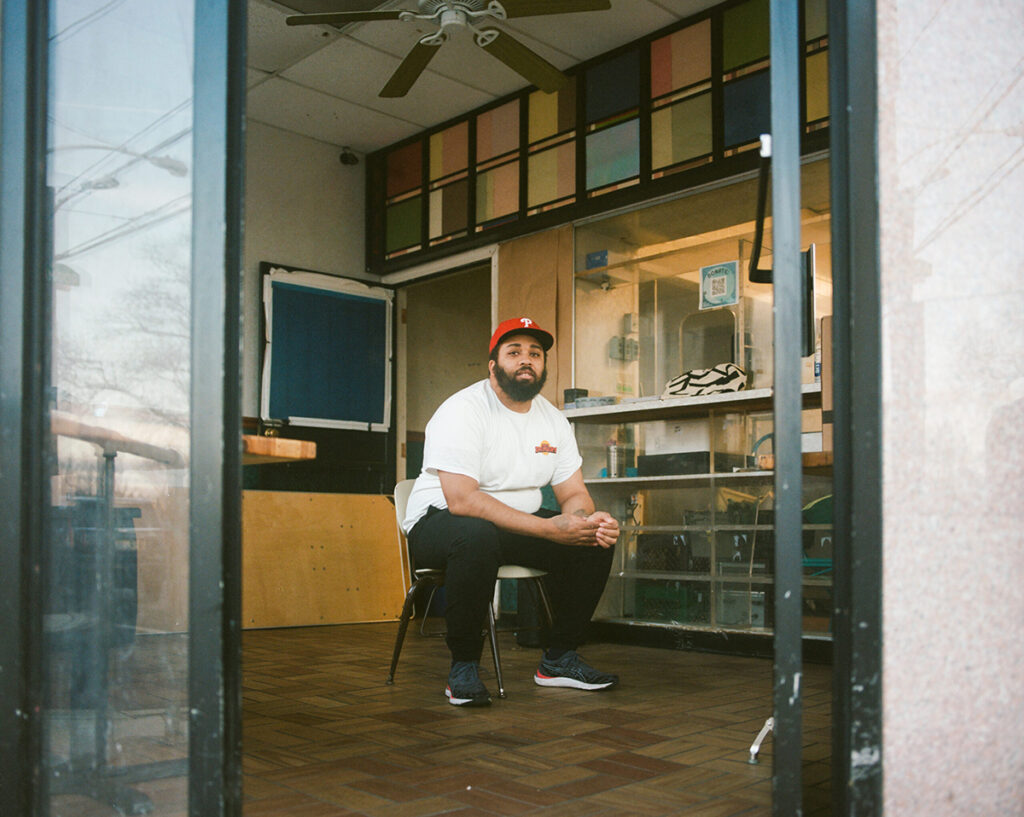
07. BUILDING A SOLIDARITY ECONOMY– Jamie Tyberg
In discussion with Kali Akuno, co-founder of Operation Jackson, Jamie Tyberg writes on the organization working to build a solidarity economy with Black, working-class communities in Jackson, Mississippi. Through ongoing initiatives such as a land trust and a new app, Operation Jackson seeks to invest in regenerative materials and support communal agriculture, and ultimately, position the community to control their own means of production.
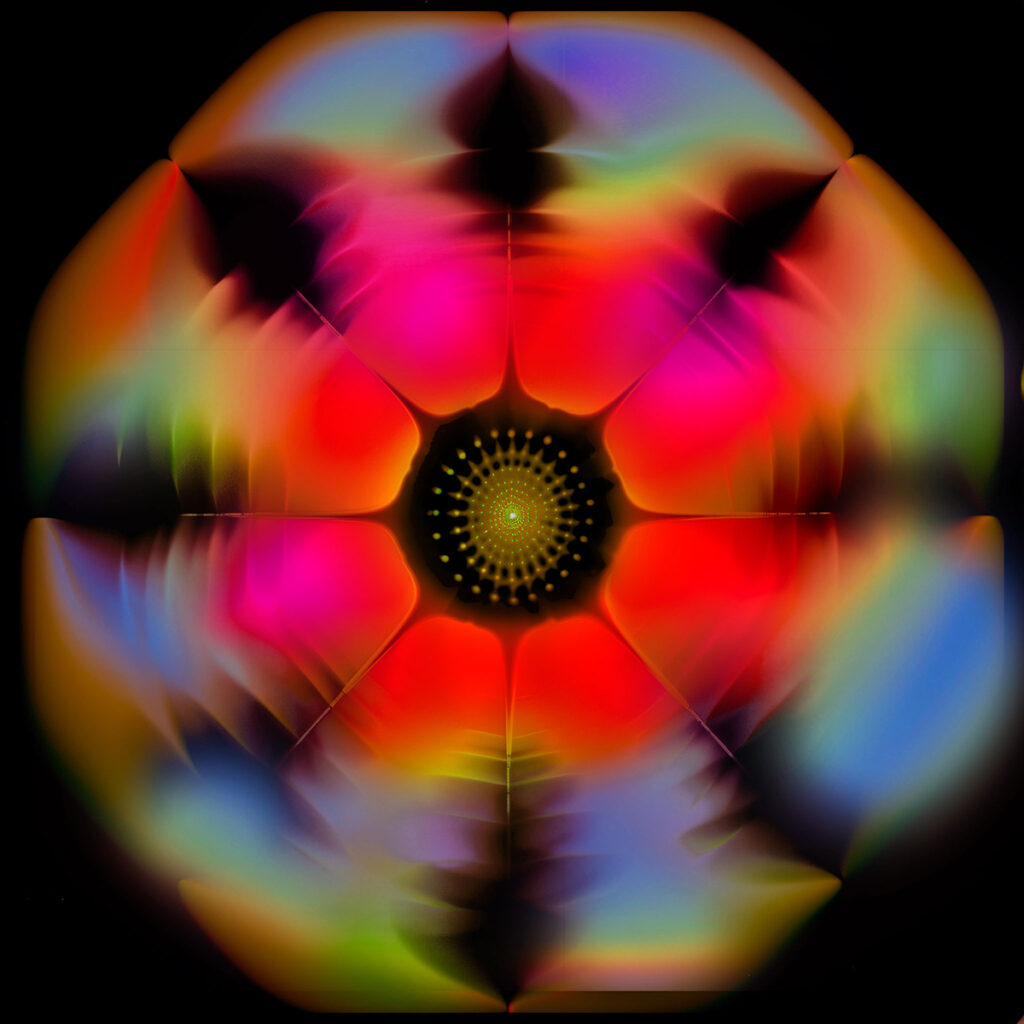
08. FOOD FORECAST: SALT– Lily Consuelo Saporta Tagiuri
In the first installment of Lily Consuelo Saporta Tagiuri’s Food Forecast column, she writes about what a saltier food future might look like with rising sea levels and increased flooding. She examines our history of eating halophytes, plants that thrive in salty and brackish soil. Reporting from projects like Tidal Garden, a Venetian initiative to work with farmers, chefs and foragers to further incorporate halophytes into local cuisine, and her own research project growing an edible halophyte garden in Greece, Lily imagines new ways of eating in attunement with our changing environment.
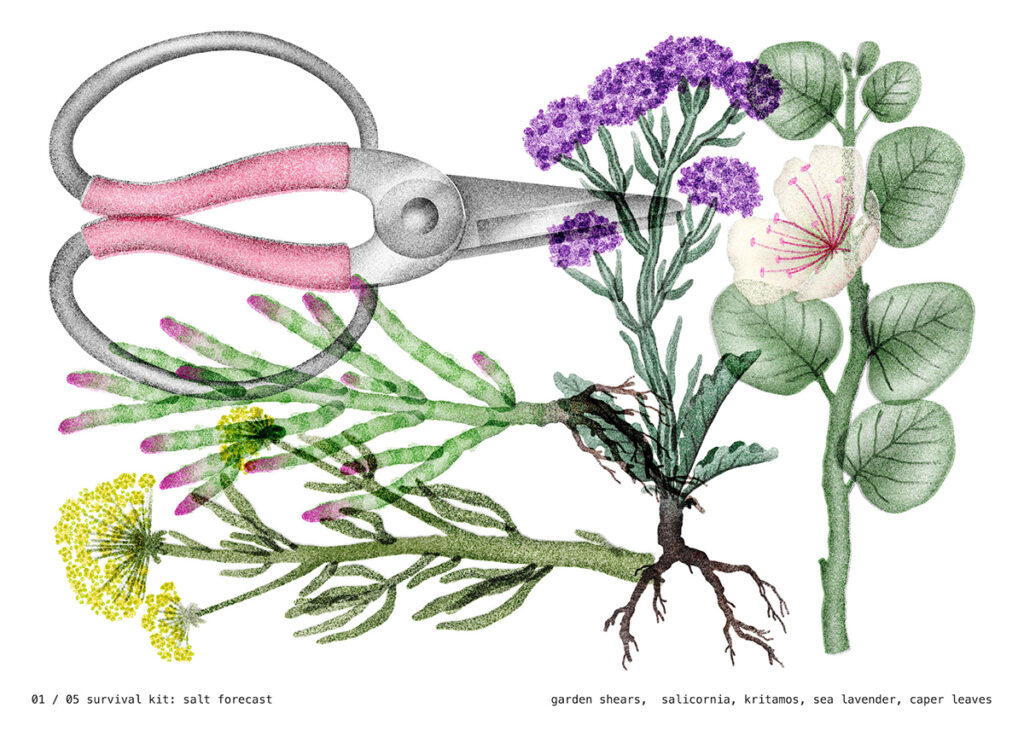
09. LIVING TRADITIONS AND SENSIBLE ALCHEMIES– Adriana Gallo
Adriana Gallo speaks with Sari Khoury, a Palestinian winemaker based in the West Bank, about stewarding the region’s ancient tradition of wine production through Philokalia, a wine project he helms alongside Vicky Sahagian. Trained as an architect, Khoury shares about how his design background has shaped his approach to the winemaking process. Focusing on indigenous Palestinian grape varietals, he explains how Philokalia wine is a product of the Palestinian people’s deep communion with land and the resilience of an agricultural tradition in spite of colonial strategies of ecological violence.
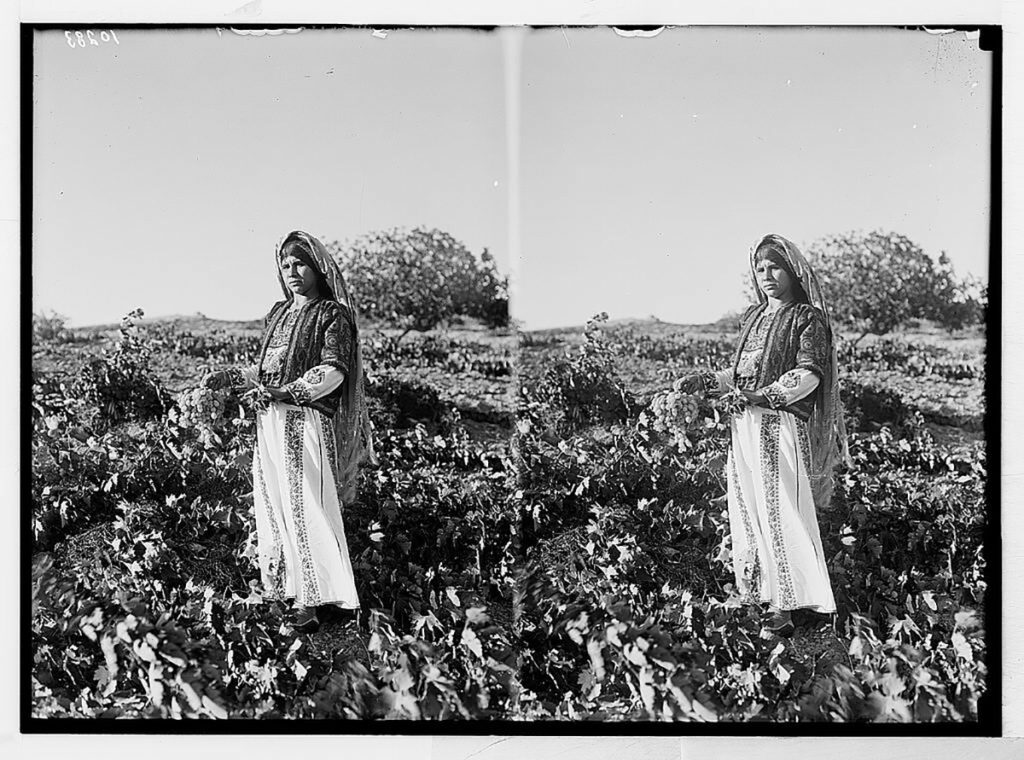
10. ON CONSTRUCTING A FOOD ARCHIVE– Somnath Bhatt
Somnath Bhatt explores artist Rajyashri Goody’s research and work as it relates Dalit identity, and more broadly probes the entanglements of food practices and history with India’s caste systems. Working in an expansive range of mediums, Goody’s work deals with memory, intimacy, erasure, connection and separation, and uses food as a means to understand political power dynamics.
